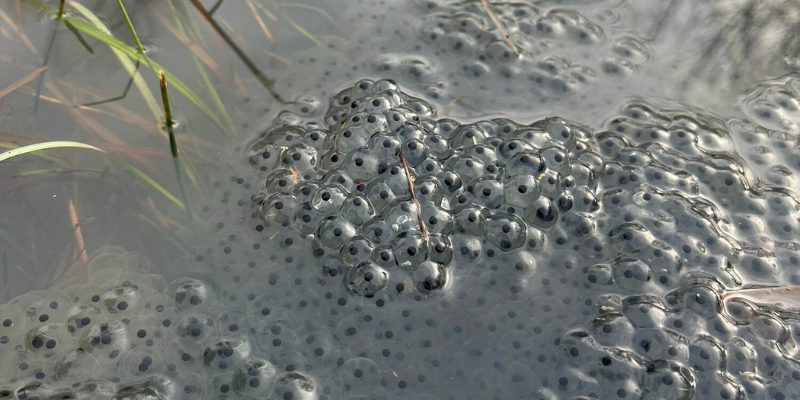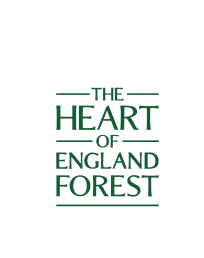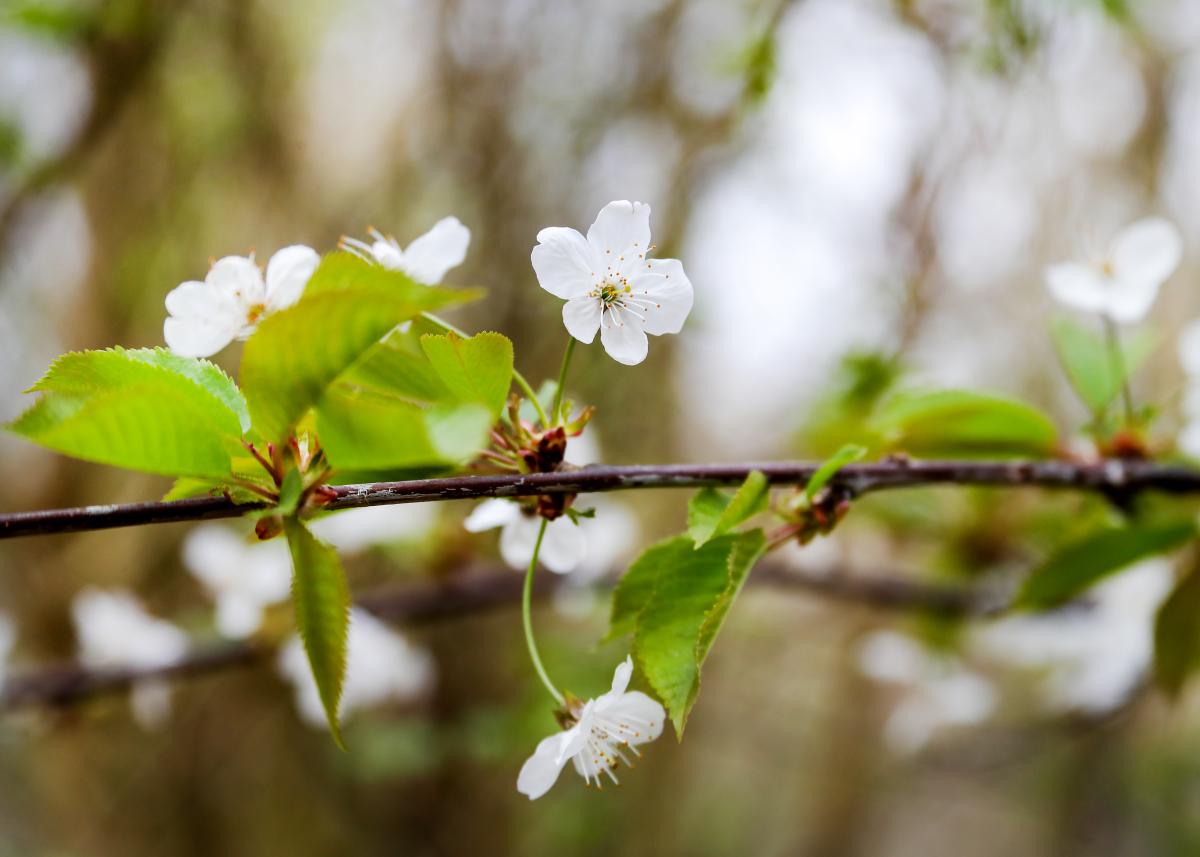
Are we seeing signs of spring too soon?
The days are getting longer, and we have already started to see signs of spring in the Forest. Early spring flowers add both delicate and bold displays of colour across the woodland floor, bursting buds emerge making even the starkest of tree branches stand out, and the sweet sound of early bird songs warms the day ahead. However, is it all happening too soon?
Weather changes due to climate change
Worrying reports from across the United Kingdom last year state that with spring happening almost a month ahead of schedule it could be detrimental to our flora and fauna (Spring: UK flowers are blooming a month early due to climate change | New Scientist). Climate change has resulted in milder winters and warmer weather across January and February. Therefore, we are seeing wildlife appearing sooner when there is less food available to them and we are seeing buds and flowers already emerging in our woodlands.
Our Director of Land Management, Tom Davies, and Biodiversity Data and Survey Officer, Sam Macvie, share their insights and concerns for woodlands and wetlands and future biodiversity:
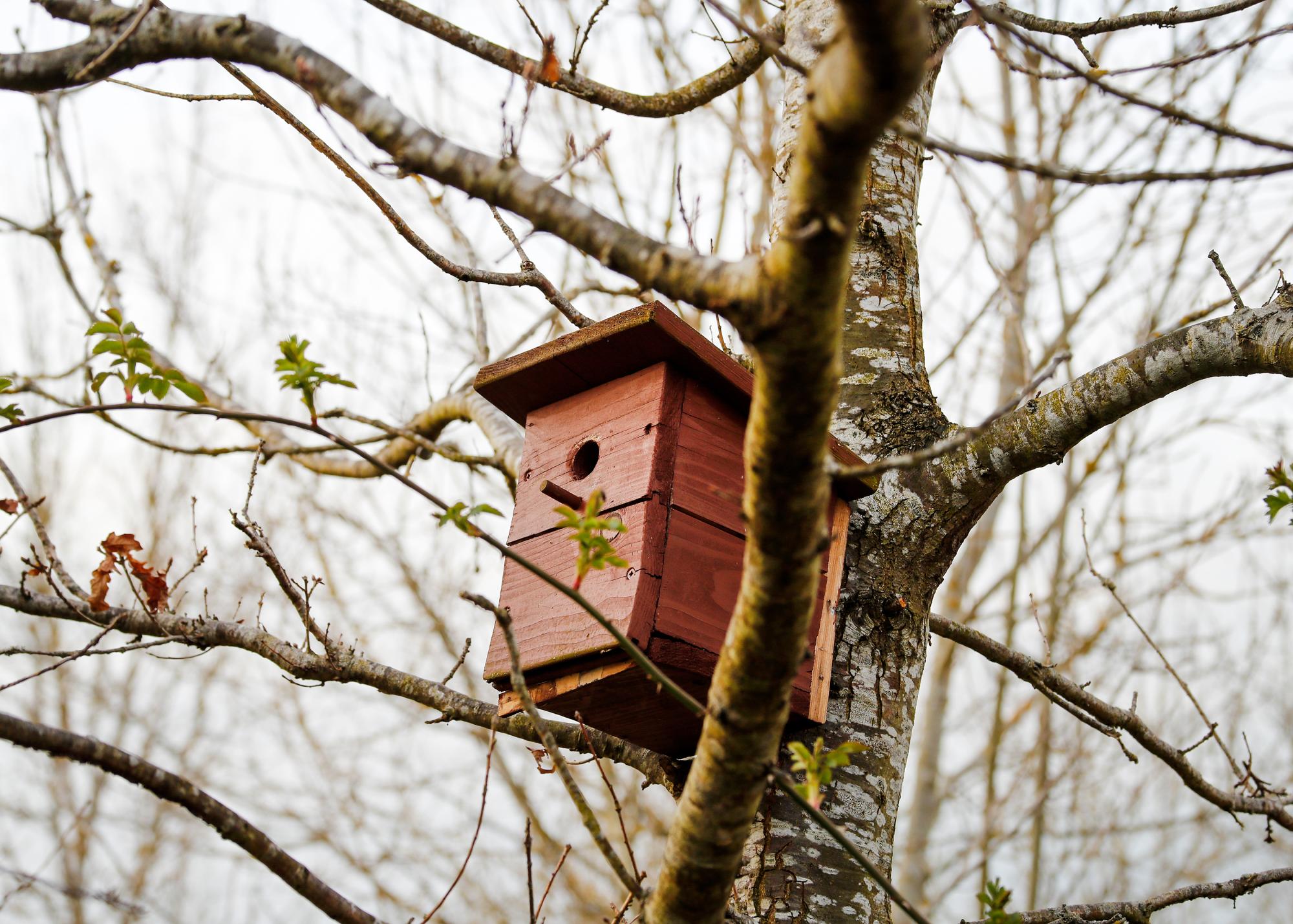
The impact on biodiversity
Sam, our Biodiversity Survey and Data Officer states that it is the uncertainty and irregularities in the weather that is concerning, as it doesn’t allow for wildlife to adapt and causes mismatches of timing in the food chain.
Birds: There is particular concern about migratory bird species that visit the Forest, such as the willow warbler. They are negatively affected by warmer weather as these incredible birds time their arrival and breeding to when their prey is at their peak. However, climate change has caused these species to peak earlier and despite some birds now breeding earlier in the year, it may not be enough, resulting in a poorer breeding success and declining population.
Amphibians: Streams, ponds, wetlands and ditches all create a network in the Forest that supports freshwater wildlife – and is essential for many ecosystems. But, with climate change affecting behaviours it is imperative we monitor and learn more about the biodiversity here in the Forest to allow us to continue to help wildlife thrive. Due to milder winters, we have already started spotting active amphibians and predict they will soon be spawning in our ponds and wetlands!
How you can you help biodiversity in the Forest
If you live close by, you can assist our biodiversity team by simply recording your early sightings of toad and frogs spawn. By doing this you are helping us to understand more about where amphibians are breeding in the Forest, which waterbodies are the best for each species, and where they may need some help. All data will be gathered and sent on to the Freshwater Habitats Trust as part of the PondNet Spawn Survey 2025, therefore also helping to monitor how are amphibians are doing at a national scale. More information here: Frog and toad spotting in the Forest | Heart of England Forest
How you can help at home
The best we can do is to try and mitigate climate change, and you can play your part at home.
Birds: Now is a great time of year to clean your bird baths. Birds need water for drinking and bathing. Water is particularly important when natural supplies may be frozen and in dry. More information on how to attract and help birds in your garden can be found here: Information on How to Help Birds - The RSPB
Amphibians and invertebrates: Ponds are incredibly rich in biodiversity, often being home to many rare species, such as the great crested newt. Find out how you can help wildlife, by creating your very own pond in your garden, patio, or even allotment: Create your own wildlife pond | Heart of England Forest
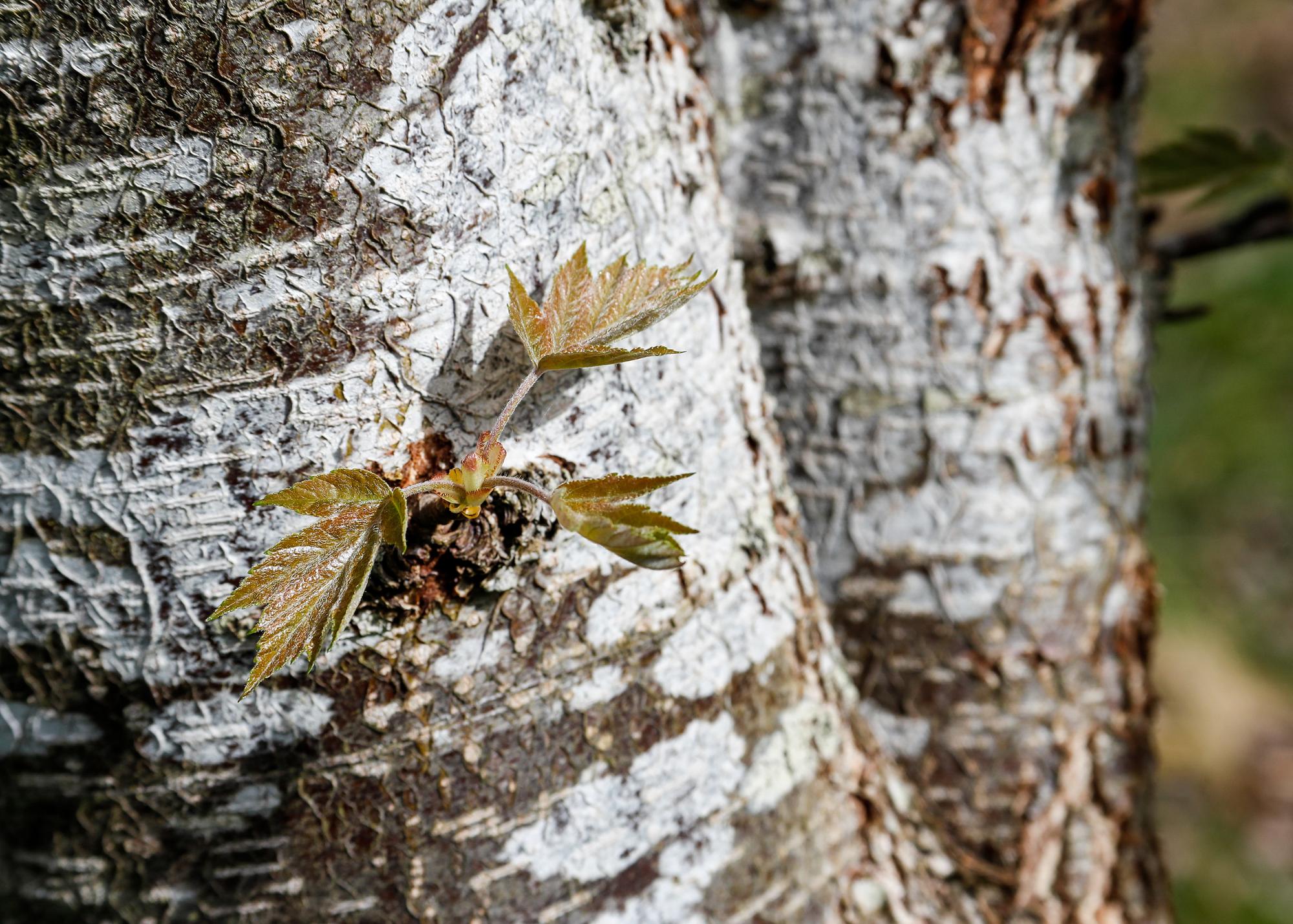
The impact on woodlands and trees
Tom, our Director of Land Management, explains the impact that climate change is having in the Heart of England Forest this year in particular:
The greatest challenge that climate change is presenting right now for us in the Forest is the unpredictability it brings. And with weather patterns changing so much, such as an early spring, no one can predict what we will be facing in the next few years. This makes planting and managing woodland in a future proof way extremely complicated.
Like many other conservation organisations, we’re working hard to adapt to these challenges, and are keeping up to date with new scientific research on the topic. Our tree species mix is a resilient one and this year we have planted over 26 different species of trees and shrubs across the Forest. This will ensure good survival in the future if one or two species fail to thrive.
Tom speaks with confidence in our action to help mitigate climate change and states that forests and woodlands are incredibility resilient and, although they may look different in the future, they will certainly still be around in some form. Our task is to ensure as much woodland as possible is given the opportunity to thrive, not just survive.
However, a concern is if we see an imitation spring, later to be caught out by a harsh, cold spell in late March. An early flushing of the leaves and then a late frost severely damaging the leaves, the energy used to flush and swell the leaves depletes the tree and it will also lose photosynthesis while it replaces the leaves. While this will most likely not have a significant impact on most trees, vigour would be lost, and a stressed tree is likely to be susceptible pests and diseases. The earlier the flushing the more chance there is of being caught by a frost event.
Tom reassures us that although we have seen the effects of an early spring on trees around the Forest, we should rest assured that our trees are extremely durable, and many will long outlive us.
How you can help
Help our forestry team keep planting, maintaining and monitoring our woodlands through the challenges that climate change brings.
Support our work in recording early signs of spring
Join us, get trained up for free, learn new skills and embark on an exciting journey in 2025 and become one of our survey volunteers; for bees, butterflies, birds and much more email Sam.Macvie@heartofenglandforest.org for more information.
How can you help if you live further afield?
Citizen scientists across the UK are being asked to keep an eye out for tangible signs that spring is on its way for a wide-ranging research project run by Field Studies Council in partnership with the Royal Society of Biology in their Signs of Spring Survey 2025. People are being encouraged to start logging the first sightings of snowdrops and a range of other species which indicate that spring is on its way. Spot the first signs of Spring for key research project – Field Studies Council
In 2024, more than 3,700 individual submissions were made by members of the public with the first sightings in early January!

More information and further reading
- https://www.countryfile.com/go-outdoors/first-signs-of-spring/
- Combat the winter blues by spotting the first Signs of Spring
- https://www.woodlandtrust.org.uk/blog/2021/02/first-spring-signs-in-nature/
- https://naturescalendar.woodlandtrust.org.uk/blog/2022/the-first-signs-of-spring/?gclid=CjwKCAiA_6yfBhBNEiwAkmXy57f9t4EeJdgqGyEMmmf67Okdf-6tOZA3sE_llugLeMqQ14zhr3x8mRoC9mYQAvD_BwE&gclsrc=aw.ds
- Spring: UK flowers are blooming a month early due to climate change | New Scientist
- Spot the first signs of Spring for key research project – Field Studies Council

